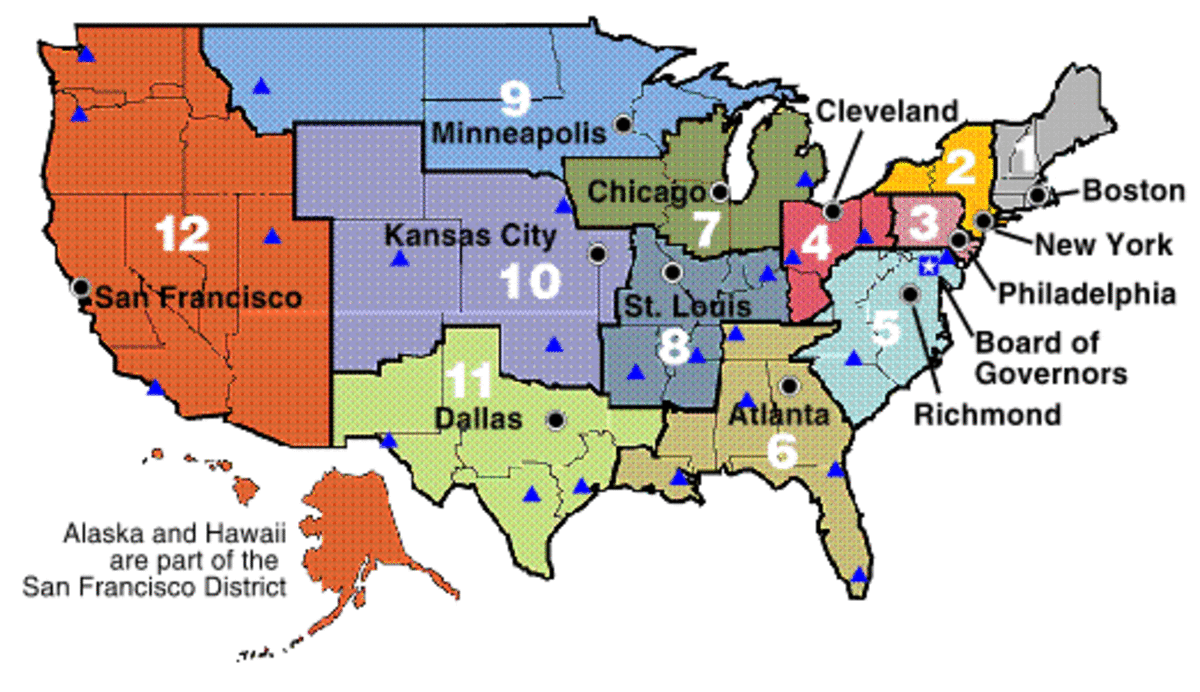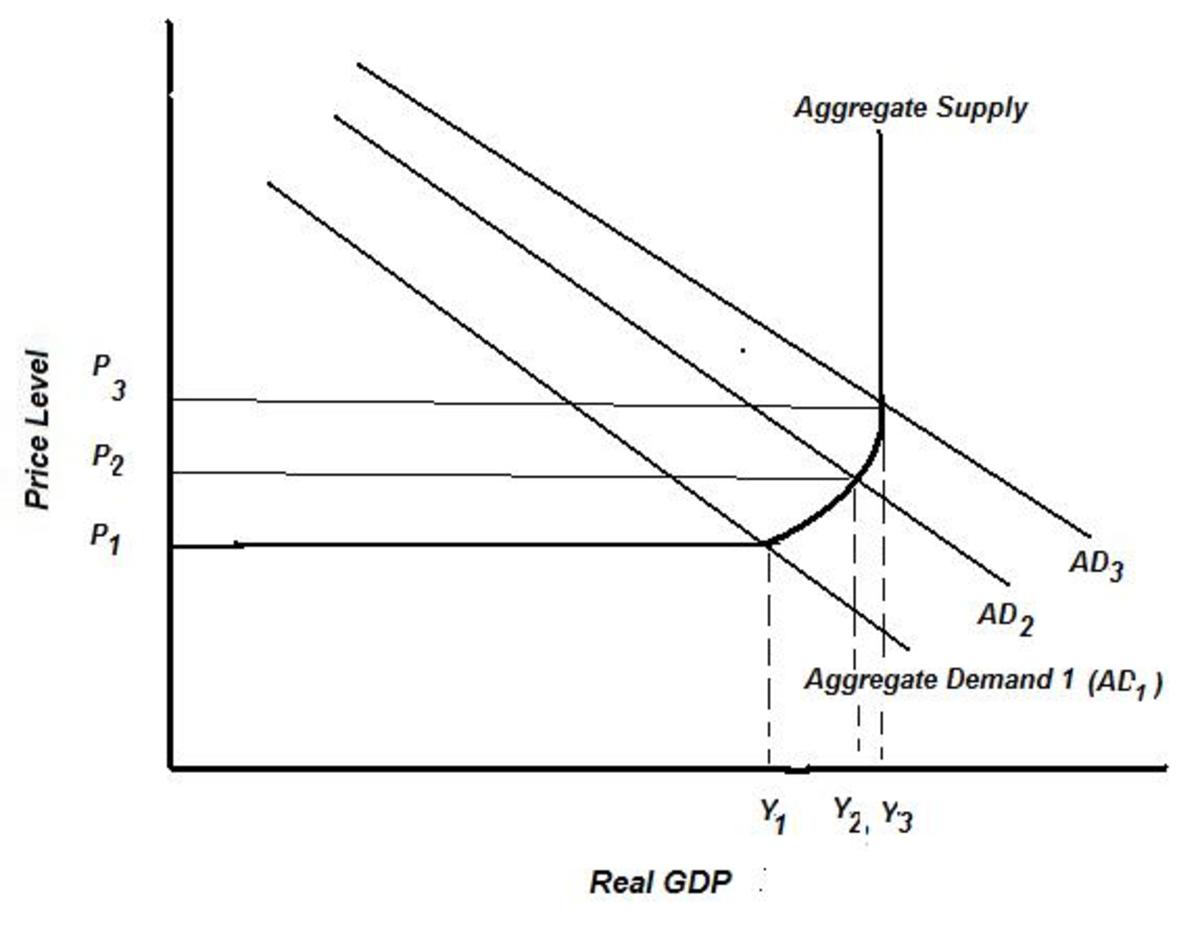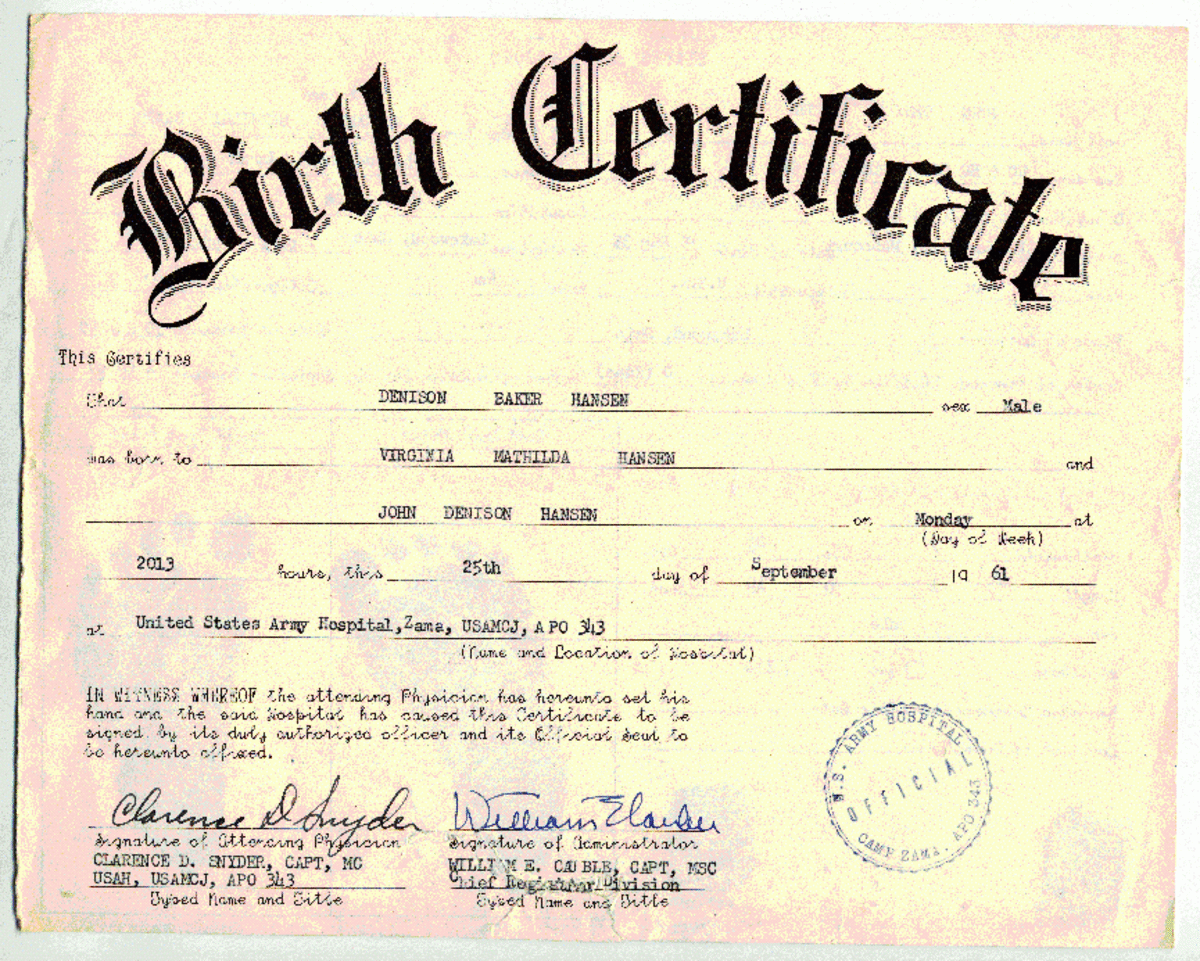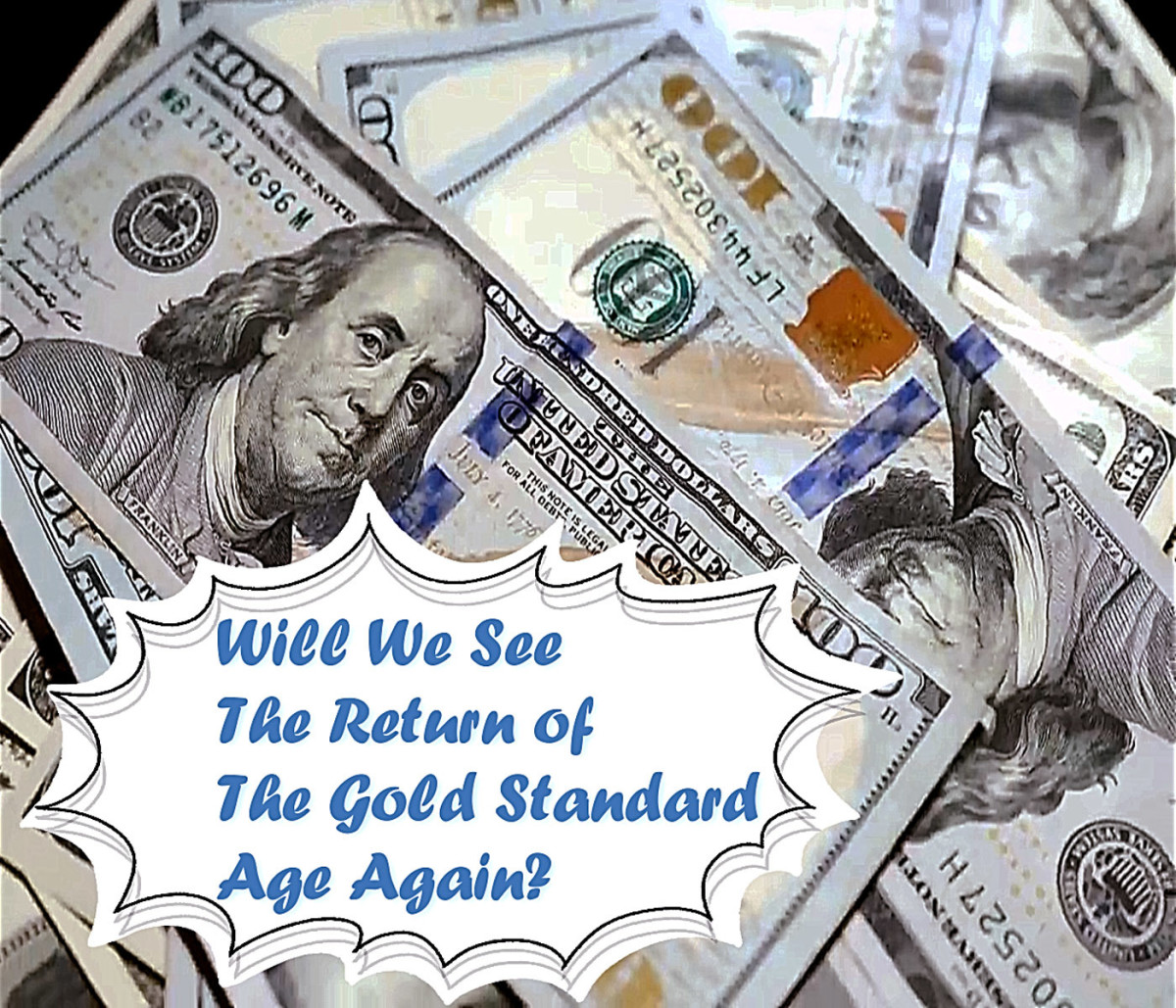Yes and No: Should the Federal Reserve Bank Keep Printing Money?
No if printing of more money results in runaway inflation; yes, if it expands the economy; one country one currency
Of course, there are two questions here. To start with, I should be able to interpret each as close as possible to the intents of the questions asked by Huber adamknows. Let's put the first question into the normative mode: "The Federal Reserve should keep printing money." From this mode it can be seen that: (1) The Federal Reserve Bank (Fed) has the power to print money. In fact, the power to print money and mint coins is the preserve of the Fed. (2) The Fed is in fact printing money, that means creating new money. (3) It is a matter of judgement on the part of the Fed whether to print money or not. Items # 1 and # 2 belong in the logic of "is"; item # 3 belongs in the logic of "ought." From Item # 3 arise the question: Should the Federal Reserve keep printing money?
[President John F. Kennedy authorized the Treasury to mint dollar coins by means of Executive Order 11110, overriding the Fed. Kennedy was shot dead in Dallas, Texas in November 1963. When he had taken over the assassinated president, Pres. Lyndon Johnson reversed Executive Order 11110. After a few months, the Kennedy coins were destroyed.]
Premises
It appears that this question is premised on two opposing attitudes: One, printing more money means an expansion of the economy. A camp of economists, like John Maynard Keynes, and businessmen favor this, especially merchant bankers. It is advocated by those who want a bloated government budget. Their device is deficit budgeting. Two, printing more money can lead to runaway inflation. Another camp of economists and businessmen are against printing more money. Economists in the monetarist camp, like Milton Friedman (a Nobel Prize winner in Economics) say that the cause of inflation is too much money in circulation. Runaway inflation can erase savings that is why they advocate moderation in the issuance of new money. They favor a balanced government budget, that is, the expenses are covered by the income of the government. Balancing the two attitudes is illusive, as Allan Greenspan found out. Greenspan was chairman of the Fed when President Bill Clinton was the occupant of the White House (Woodward, B. The Agenda. 1995). He said the traditional levers to handle economy no longer worked as they did before. Perhaps, what he means by "before" is when the gold standard was still around.
The modern gold standard was set at the Bretton Woods conference in 1945 when the Allies were about to win World War II over that of the Axis powers. The United States emerged as the major world power that was the only source of credit. The value of one ounce of gold was pegged at US$35. Henceforth, the US dollar was the currency of the world superseding the English pound.
In effect, the gold standard was the constant, in the same way that the speed of light is the constant in the special theory of relativity and general theory of relativity of Einstein. Einstein might have failed to come up with his theories if the speed of light were not discovered as the universal constant. It is easier to handle the economy in the presence of a standard. What is the present standard to handle the economy? The present system is the floating rate system. President Richard Nixon abandoned the gold standard in 1973 upon the advice of some wise men who did not even hold office in the government. It appears that the handles over the capitalist economy are: economic trends, political power, and wishes of those who hold the power over the economy. From these derive the ups and downs of economies of the United States and of other countries within the orbit of the floating rate system.
Arbitrary
Arbitrariness plays a large part in how the economy is handled, as it is tailored to the wishes of those who have power to decide. In the gold standard, the President of the United States used to decide the value of gold for the day over his breakfast table. There was also some element of arbitrariness but to cater to the personal wishes of the president was unusual.
The lever being handled by the President and Congress of the United States is the government budget. Over the years, candidates to the presidency of the United States promised to balance the government budget or reduce the government budget deficit. A balanced budget means that the income of the government covers the expenses; a budget deficit means that the income cannot cover the projected expenses and the government borrows from outside sources, usually merchant bankers.
Government loans that do not go into production have a tendency to cause inflation. One of the worse inflation that hit the United States occurred during the Korean War (1950-53); US troops were engaged in that war for which the US government spent a lot.
Now back to the question, should the Fed keep printing money? The Fed has its own reasons to do that. It cannot be hampered by the US president or by Congress. The Fed is practically insulated from politics. In fact, this is the main reason why that power to print money was given to the Fed. Any US citizen may agree or disagree but he has no power to implement his objection.
Citizens of other countries are watching the economic trends in the US because these impact on their economy. For example, the recent recession that was triggered by the mortgage fiasco. If the gold standard were still in effect, the recession could have spread like a wildfire all over the capitalist world. In a way, other countries were shielded by the floating rate, one good side of this system.
No, to the printing of more money if it results in runaway inflation. Yes, if it expands the economy. Expansion of the economy means more jobs, lower interest rates, more money to buy medicine and pay for medication and education, and more.
Second question
Should we allow competing currencies?
The answer is no. Imagine that the US mints both dimes and sterling coins. You can imagine the confusion. In the first place, the power of a nation supports its currency. Alternatively, the currency of a nation is a reflection of its power. That is why the US dollar became the world currency after WWII because the United States emerged as the major power; France, Great Britain and Russia having been exhausted in the war against Hitler's Germany. The US was the only source of credit - in terms of US dollars. The Marshall Plan, the loan facility of the United States, shaped the economies of European countries and those within the US orbit (Kolko, J. and G. Kolko. The Limits of Power. 1972). Russia applied for a loan that was dilly-dallied.










